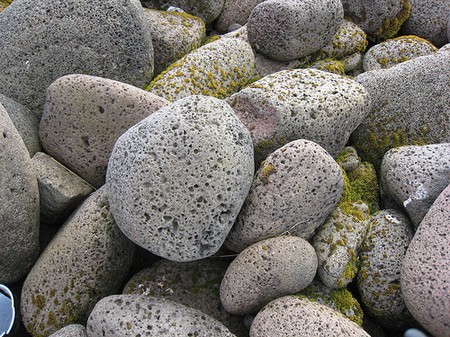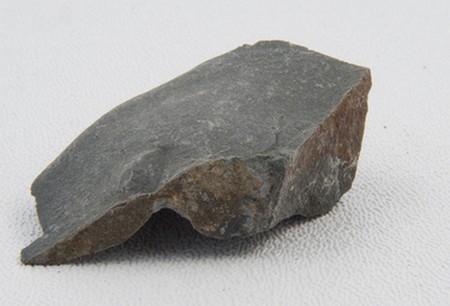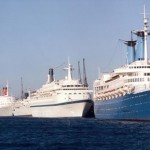Rocks are the hard solid masses that form the part of the surface of earth or other planets. Rocks are of different types. Some of the different types of rocks are given below.
Igneous Type of Rocks
Cooling of magma is took place by exothermic process. While the process is underway, a phase comes when liquid starts converting into solid state which is having a disposition of crystalline. This is called ‘Igneous Rocks’. The rock which is formed on the surface of earth as a result of cold atmosphere is usually igneous rocks. When the magma reaches the surface of the earth and results in a rock formation, the rock is called ‘basalt’, while the magma which is not able to reach the surface of the earth is called ‘gabbro’. Although, both basalt and gabbro have the same composition, they both differ in textures. Intermediate magma results into andesite and diorite and Felsic magma results into granite and rhyolite. Following are given the classification of igneous rocks based on composition:
- Felsic: These comprise of potash feldspar, quartz, muscovite or biotite, amphibole.
- Intermediate: These include plagioclase, amphibole, muscovite or biotite, quartz.
- Mafic: These include olivine, pyroxene, and plagioclase.
- Ultramafic: These include olivine and pyroxene.
Following is given the classification of igneous rocks based on texture:
- aphanitic or fine grain
- intermediate
- phaneritic or coarse grain
- glassy
- frothy
Sedimentary Kinds of Rocks
A large part of the surface of the earth is composed of igneous rocks. The most of part of the crust of these rocks is covered by a thin layer of loose sediments. Over the time, these small pieces of sediments become compressed and hard. Such types of rocks are called sedimentary or secondary rocks. These rocks are divided into:
- Clastic: These are formed by the compaction and cementation of the small accumulated pieces of broken rocks. These pieces undergo the lithification process and become basic sedimentary rocks.
- Chemical: These are come into existence as a result of water vaporization leaving behind the minerals on the surface. Large deposits of salt and gypsum are created as a result of repetitive floods and evaporation.
- Organic: Calcium is found in the bones, teeth and shells of the animals. Gradually, these sources collected on the seabed and give rise to a sedimentary rock because of organic processes such as limestone, coal, peat, oil etc.
Metamorphic Types of Rocks
The term metamorphic is a combination of two words, i.e. ‘meta’ meaning ‘change’ and ‘morph’ meaning ‘form’. Metamorphic rock can be any rock that fulfills the condition of being encircled by an environment that makes the minerals inside the rock wobbly and in non-equilibrium state. This normally happen when the rock is buried and the pressure and temperature begins to increase immensely. This high pressure and temperature cause some changes to happen in the minerals as a result of which equilibrium is obtained. Common examples include slate, gneiss, schist and marble.
The non-foliated metamorphic rocks are the rocks which are formed as a result of litho-static pressure and heat. These elements are more common under the surface of earth. Due to these factors, the rocks become recrystallized. Following are given different examples of these rocks:
- Quartzite: It is drawn from sandstone and pretty much appear like sandstone. It is hard and bursts in via quartz grains.
- Hornfels: It is drawn from shale and is hard and solid.
- Marble: It is made up of calcium and carbonate and is drawn from limestone. It is not as hard as quartzite and hornfels. Marble has several uses.
Foliated rocks are the rocks which are formed as result of directed pressure and heat. In these rocks, different proportion of akin elements combines and gives rise to minerals operating under variable pressure and heat conditions. Greenschist facies, actinolite facies and staurolite facies are some of the common examples. Following are given some examples of foliated metamorphic rocks:
- Slate: It is hard and durable with microscopic grains. It is widely used in roofs, pool table tops and chalkboards.
- Phyllite: It gets its shine through mica and it can be half muscovite or graphite or chlorite.
- Schist: It is also known as schistosity which is formed through the foliation of micaceous minerals. It is variable in its primary features and textures.
- Gneiss: It is considered as high grade metamorphic rock with a color stripping of light and dark minerals.
- Migmatite: It is formed due to the slight melting and recrystallization of felsic minerals.






